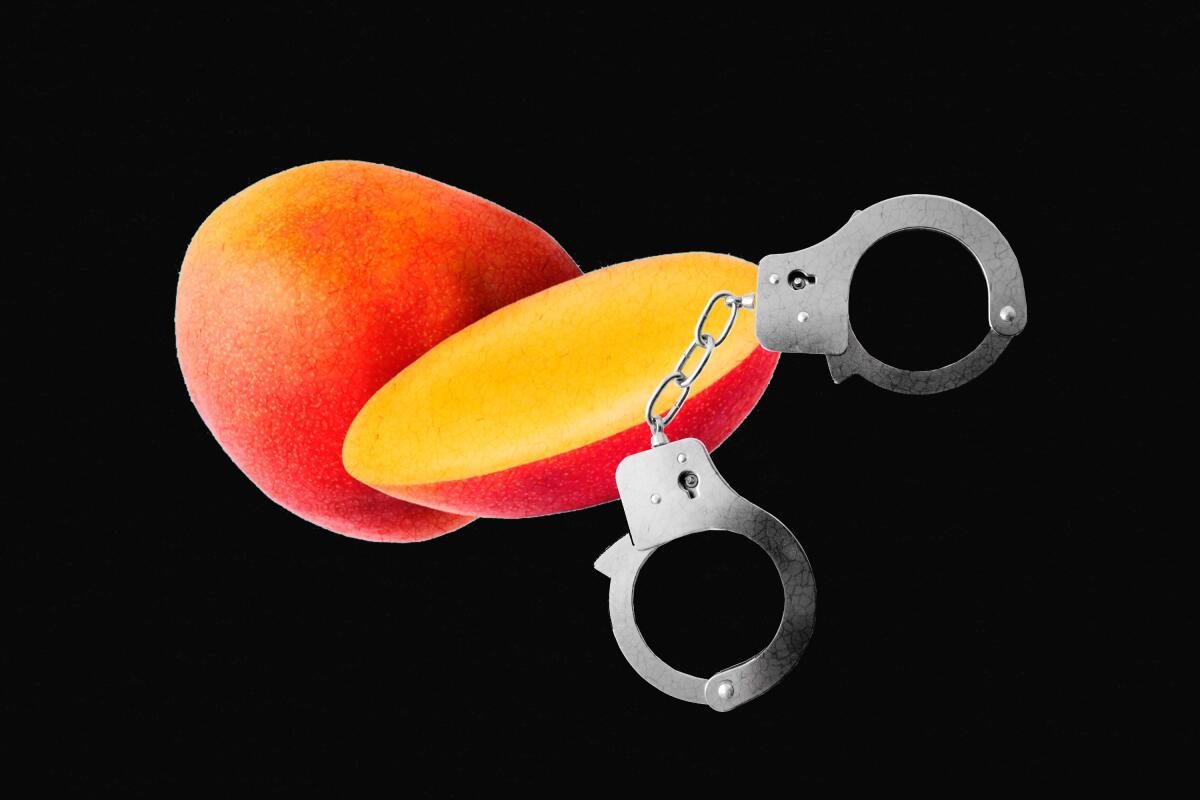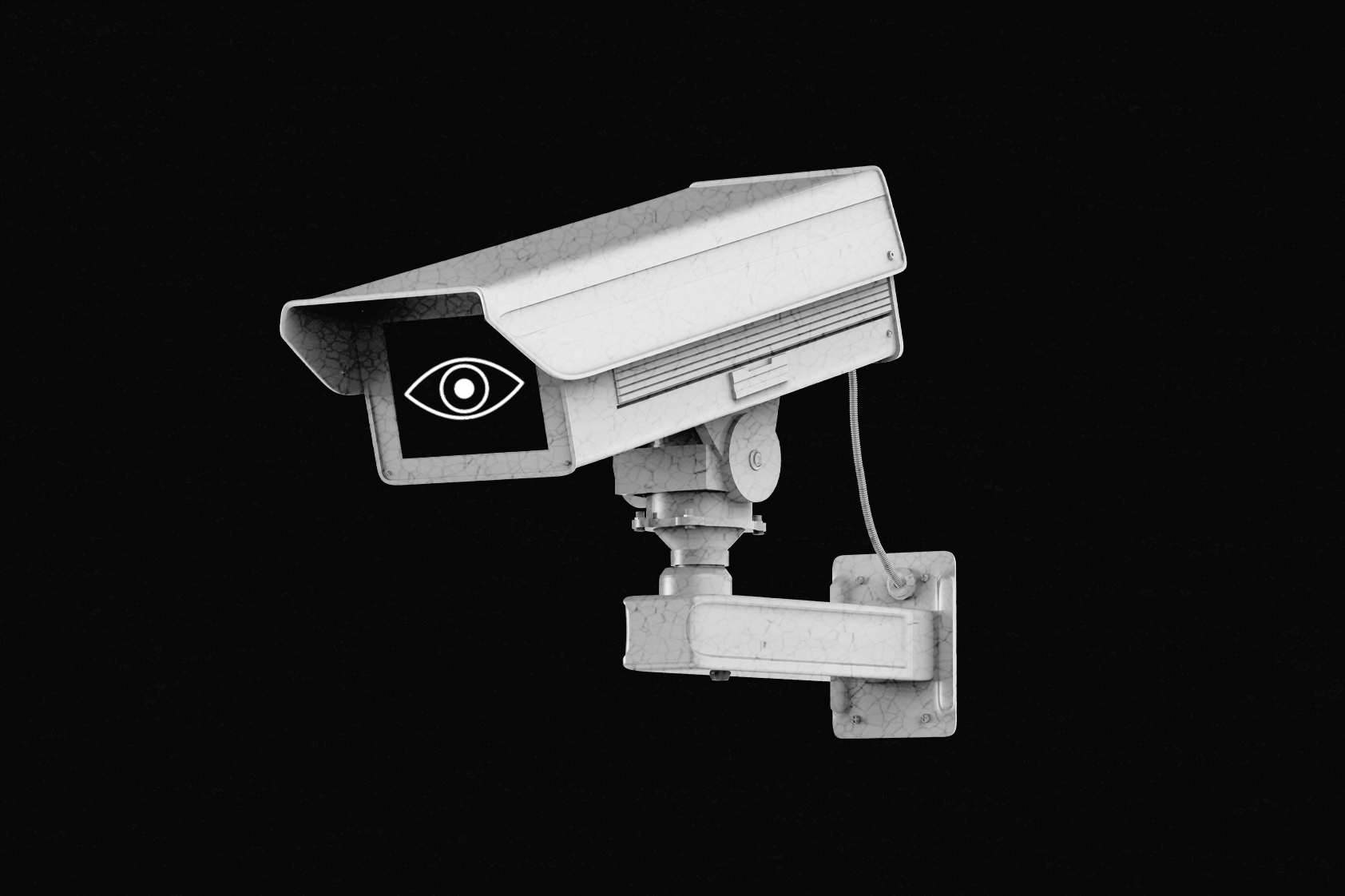Latinx Files: When Mexicans became ‘White’-ish

Hi folks, Fidel here. Every once in a while, I’ll ask a guest writer to take over the main story. We’ve experimented with formats here and there — we recently ran an illustration — and this week it’s no different. Below is an excerpt from Julissa Arce’s new book, “You Sound Like a White Girl: The Case for Rejecting Assimilation.”
The first colonizers to arrive in what is now the United States were not the pilgrims in 1620. It was the Spanish, who came to New Mexico in 1598. The oldest capital in the country, Santa Fe, was founded in 1610 by a Spaniard who was born in Mexico. This is not a point of pride but a part of our complicated story. Along with Spanish colonizers looking for riches, priests looking for souls to save, many Indigenous people came as well — some as servants, others forcibly to quench the lust of men, some as wives, and many more for endless other reasons.
After gaining its independence from Spain, Mexican authorities attempted to increase the population in its northern territory — a land that stretched all the way up the west coast of California and across to the Rocky Mountains — and so welcomed Anglo immigrants. By 1834, more than 30,000 of them lived in Texas, heavily outnumbering the Mexican population of 7,800.*
Mexico abolished African slavery in 1829, before the U.S. Emancipation Proclamation in 1863, but those Anglo immigrants had brought with them more than 5,000 enslaved people in violation of Mexican law. This is where the story needs some revision. Texas’ independence from Mexico and eventual annexation into the United States is often told as a freedom fight. But Anglo Texans wanted to be “free” in order to keep Black people enslaved. They became legends while stealing Black bodies, stealing Mexican land, and terrorizing native Tejanos. The Mexicans who stayed in Texas were treated as second-class citizens, an attitude that still pollinates along with the bluebonnets, their stories lost to white historians. The horrors that Mexicans suffered in Texas at the hands of Anglos have been buried in forgotten graves, in cemeteries that no longer exist. However, in Texas history classes, Davy Crockett, William B. Travis, and Jim Bowie die heroes at the Alamo, killed by the vicious Mexican army — a story still retold in museums and textbooks. They were visitors, undocumented immigrants even, and by proclaiming self-rule, they forced Mexico into war.
Many of us understand that America was built on the brutality of slavery and the looting of Indigenous land. Fewer recognize the colonization of Mexico by the United States as a third pillar in the creation of present-day America. The first colonization of Mexico was of course by Spain. But the second colonization of my people came at the hands of the United States during the Mexican-American War. The result was not only the taking of land — present-day New Mexico, Utah, Nevada, Arizona, California, Texas, and Western Colorado — but the reluctant acquisition of Mexicans.
Texas was annexed by the United States as the 28th state of the union at the end of 1845, though Mexico never recognized Texas’ independence. The annexation of Texas and a dispute over where the Texas border should be drawn gave President Polk an excuse to loot more Mexican land while expanding the pro-slavery territory. There were between 80,000 and 100,000 Mexicans living in the land stolen by the United States; Polk never wanted them. After the war, the Mexico-U.S. border was carefully drawn to keep as many Mexicans out as possible, a purpose it still serves. But the border never stopped our roots from growing on both sides.
The Latinx experience chronicled
Get the Latinx Files newsletter for stories that capture the multitudes within our communities.
You may occasionally receive promotional content from the Los Angeles Times.
As a compromise of war, the United States begrudgingly guaranteed American citizenship for these Mexicans when the Treaty of Guadalupe Hidalgo was signed by both countries in 1848 to end the war. We became citizens at a time when only white people could become citizens, even though most of us were not white. In 1790, the very first Congress of the United States had established by law that “free white persons,” of “good character,” were the only people eligible for naturalization. As a result, Mexicans threw a wrench in the racial dynamics of America, and in turn, our place in the United States has been precarious ever since.
The United States wasn’t happy about giving citizenship to Mexicans. After all, Mexicans were viewed as racially inferior, primitive creatures who were ignorant and knew nothing of laws.** New York Times articles from the 1870s and 1880s note how the “lazy Mexicans” were “retarding progress.” Our “origin and character,” our “hatred of Americans,” and our “dense ignorance” made us “totally unfit for American citizenship.” *** We were an undesirable compromise for manifesting a white destiny in the West.
What became of those first Mexicans in the United States, an unwanted bounty of war, has had a lasting impact on the visibility of our struggles in America. America has always viewed us as a problem — what to do with us, where to place us, where to discard us. America has also fooled us into thinking that we can attain whiteness, and that when we do, it will cover us and keep us safe. It does not. By granting those Mexicans citizenship, the United States effectively made them legally white, but our rights as Mexicans were never codified in the law. There were no amendments to the Constitution. Nothing explicitly said that, as Mexicans, we had protections, that we were equal. American citizenship for those Mexicans was a Trojan horse, a loophole of whiteness, leaving it to the courts to decide when our legal whiteness gave us rights or when it was used as an excuse to take them away.
Just as the Mexico-U.S. border was drawn to include the smallest number of Mexicans possible, so were new territories accepted as states based on how many Mexicans were present. Texas was annexed as a state because the white immigrants outnumbered the Mexican and native population. California became a state two years after the war because of the gold it held, the value of the precious metal rendering the presence of Mexicans easier to accept. But the rest of the territory, including New Mexico — which at the time constituted the majority of the stolen land, where Mexicans and Pueblo Indians made up most of the population — did not become a state until 65 years later. Though they did try to claim and glorify Mexicans’ Spanish blood as a way to be accepted. It’s debatable if that strategy worked, or if New Mexico was finally accepted as a state in 1912 because enough white people had moved there.
In stealing our land, in making us legally white, the United States took so much more than it gave with citizenship. It reiterated the message of our first colonizers, that our Indigenous and African ancestry were to be disregarded and hidden. It pushed the early Mexicans of the United States to distance themselves from their true roots in order to lessen the blow of the white hand. It killed our ability to seek civil rights. How could we claim to be oppressed if we were (legally) white? It may have felt necessary at the time to claim whiteness, but what did it accomplish? What did we gain from the scraps given to us by white people? We were in a no-man’s land. We didn’t receive the rights of white people, only the illusion.
Citations:
* Martha Menchaca, Recovering History, Constructing Race: The Indian, Black, and White Roots of Mexican Americans (Austin: University of Texas Press, 2002).
** Laura E. Gómez, Manifest Destinies: The Making of the Mexican American Race, 2nd ed. (New York: New York University Press, 2018), 63.
*** Gómez, Manifest Destinies, 18.
Excerpted from “You Sound Like a White Girl: The Case for Rejecting Assimilation” by Julissa Arce. © 2022 Julissa Arce. Reprinted with permission of the publisher, Flatiron Books (Macmillan).
Consider subscribing to the Los Angeles Times
Your support helps us deliver the news that matters most. Become a subscriber.
Protect street vendors!

Hey folks, it’s Fidel again.
Here’s a question I have for every candidate running for mayor or city council in Los Angeles: Where do you stand on street vendors?
That query has been bouncing around in my brain since last Friday, when a video of Maria Falcon being handcuffed by NYPD officers for selling fruit on the subway was posted to Twitter.
The clip, originally recorded back in April, has gone viral enough that it elicited a response from New York Mayor Eric Adams, who justified the incident on Monday by saying that selling fruit on the subway was a slippery slope to subway barbecues, a stance so ridiculous it was mocked by comedian John Mulaney.
Falcon, an immigrant from Ecuador, tells AMNY that she’s been street vending since 2008. She was eventually let go and issued a summons, but not before she was strip-searched and had her merchandise confiscated.
“I set up in an area where I’m not in anybody’s way,” she said. “I’m up against the wall and I’m just there, not to do anything to anybody, just selling things like fruits and churros.”
According to the New York Times, Falcon has had a mobile food vendor license since 2009 but she lacks a permit for her cart, which she can’t get because the city has a cap of 2,900. Falcon is essentially caught in bureaucratic limbo. Until she gets that permit, she could have another incident with police.
Which brings me to Los Angeles. Street vending is technically legal in California, but the permitting is equally Kafkaesque. As a result, most vendors are not in compliance. And because they’re not in compliance, their ability to make a living is at risk.
I’ve witnessed this myself plenty of times. Whether near the Banc of California Stadium or L.A. Live, I’ve seen the way the hot dog vendors periodically scan their surroundings, ready to pick up their cart and move at a moment’s notice should they spot a police officer.
Eating a bacon-wrapped hot dog bought from a street vendor is a quintessential L.A. experience. Those vendors living in fear shouldn’t be.
Things we read this week that we think you should read
— On Tuesday night, I went to see “Doctor Strange in the Multiverse of Madness,” and was rather surprised to hear America Chavez use Mexican slang. After all, the character self-identifies as Boricua in the comic books. Here’s more on America Chavez and what her character means to fans and to the Marvel Cinematic Universe.
— Speaking of comic books, the homie David Betancourt wrote this lovely tribute to George Pérez, the influential comic book writer and illustrator who died last Friday at 67. He was also a proud Boricua — he was one of the co-creators of White Tiger, the first Puerto Rican superhero.
— Immigration and Customs Enforcement can spy on you. Yes, YOU! According to a troubling report by the Georgetown Law Center on Privacy & Technology, ICE has spent $2.8 billion between 2008 and 2021 to develop surveillance capabilities that give the agency access to the driver’s license data and utility records of most U.S. adults. As Times immigration reporter Cindy Carcamo details in her story, ICE has done this partially through third party data brokers.

)
— May is Mental Health Awareness Month. I’ve previously written about mental health, and it’s a subject with which Carla Morrison is familiar — the musician started hosting “Martes de Ansiedad” conversations with her fans on Instagram Live in 2021. My colleague Karen García spoke with Morrison about anxiety, healing and music ahead of her show at the Greek Theatre tonight.
—Janette Villafana of L.A. Taco is reporting that more than 50 vendors were removed from “El Salvador Corridor” in Koreatown at the request of the office of Councilmember Gil Cedillo.
Corrections
For the record: The May 4 edition of the Latinx Files said that a survey found Latinxs with darker skin faced prejudice from other Latinxs nearly twice as much (48%) as Latinxs with lighter skin (25%). The correct percentage for Latinxs with darker skin who faced prejudice is 41%.
The Latinx experience chronicled
Get the Latinx Files newsletter for stories that capture the multitudes within our communities.
You may occasionally receive promotional content from the Los Angeles Times.




